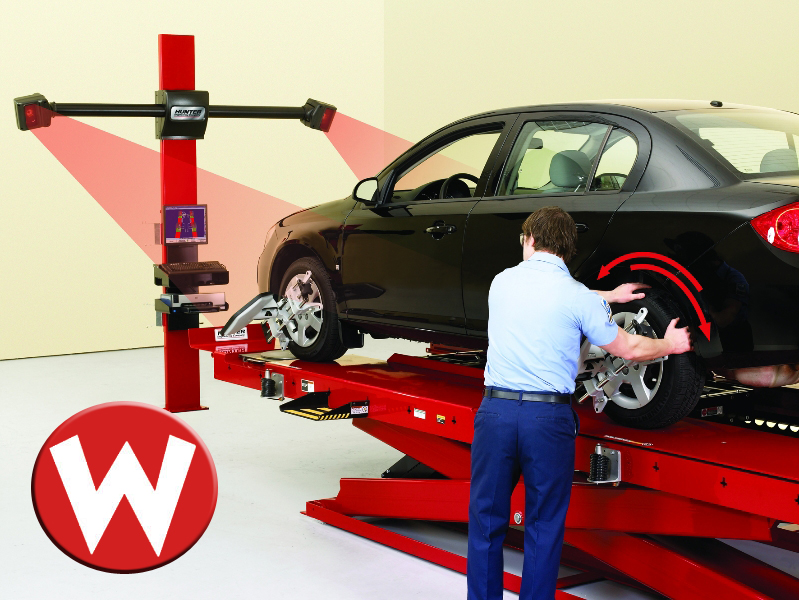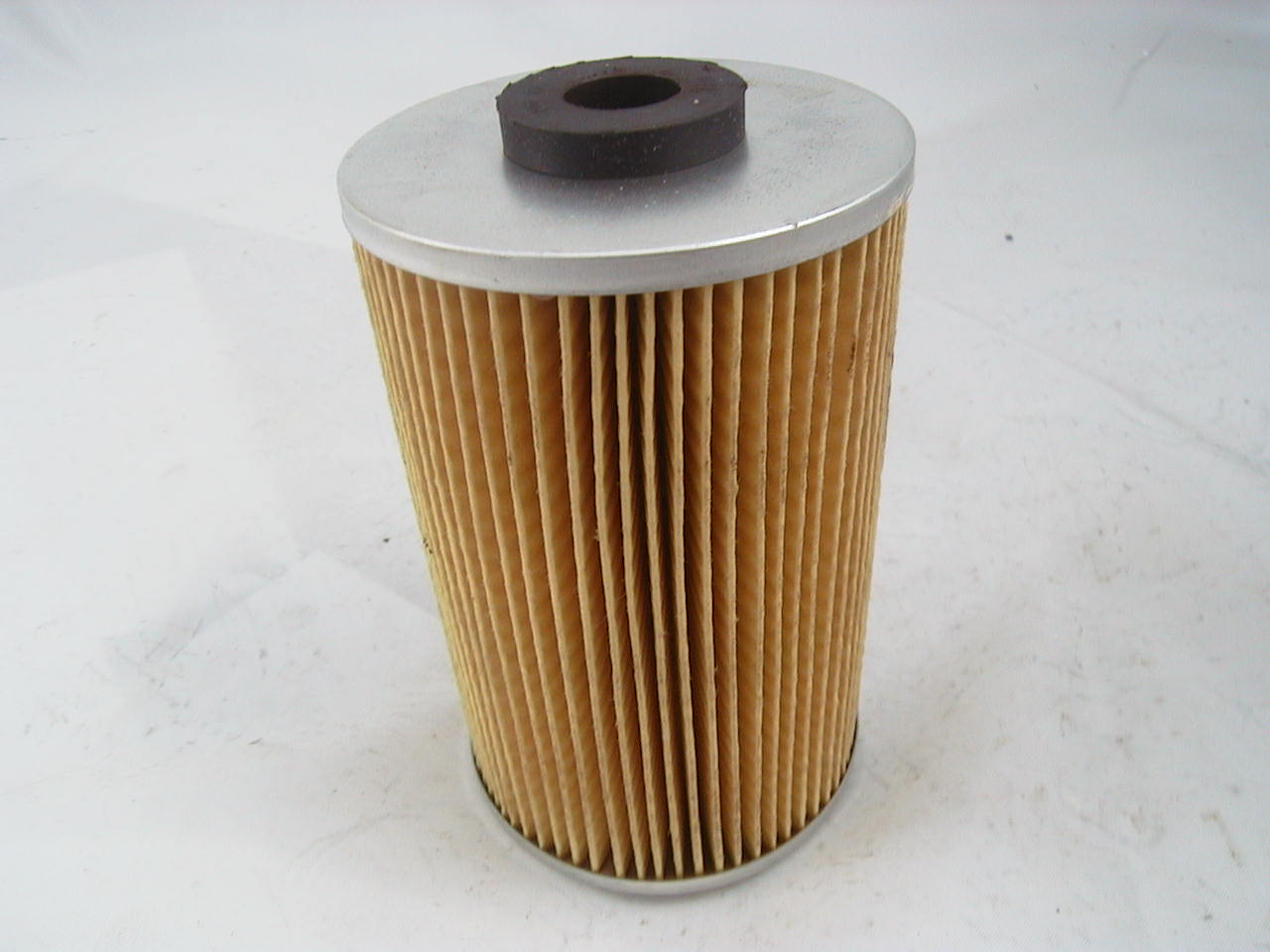
Back in the day, auto mechanics had to replace multiple belts when they worked on a car. Today, one belt called a “serpentine belt” has replaced all these.
It also used to be, that to determine when to replace a serpentine belt, you checked for numerous cracks across the different “ribs” of the belt. This belt shows numerous cracks per inch:

If you don’t address a problem belt, you risk the breaking that belt and being stranded on the side of the road. Most serpentine belts will need replacing once every 5 years, depending on the number of miles you’ve driven.
Times are changing- new polymers are used to make serpentine belts and it keeps them from developing the telltale cracks. These belts do wear out and need to be replaced, however. The material on the belt wears much like a tire does. Over time, the belt will loose rubber and the gaps between the “ribs” will deepen. The mechanics in the Woody’s Service Department use a depth gauge to measure the wear of the belt. Trusted repair shops, like Woody’s, will inform customers when their belt has too much wear and needs to be replaced. You’ll definitely be kept in the loop! (Did you see what I did there?)
Woody’s Service Department is a full service shop that works on all makes and models. If your vehicle is need of a little attention, contact Mike Hibner for a fast, honest appraisal today!











